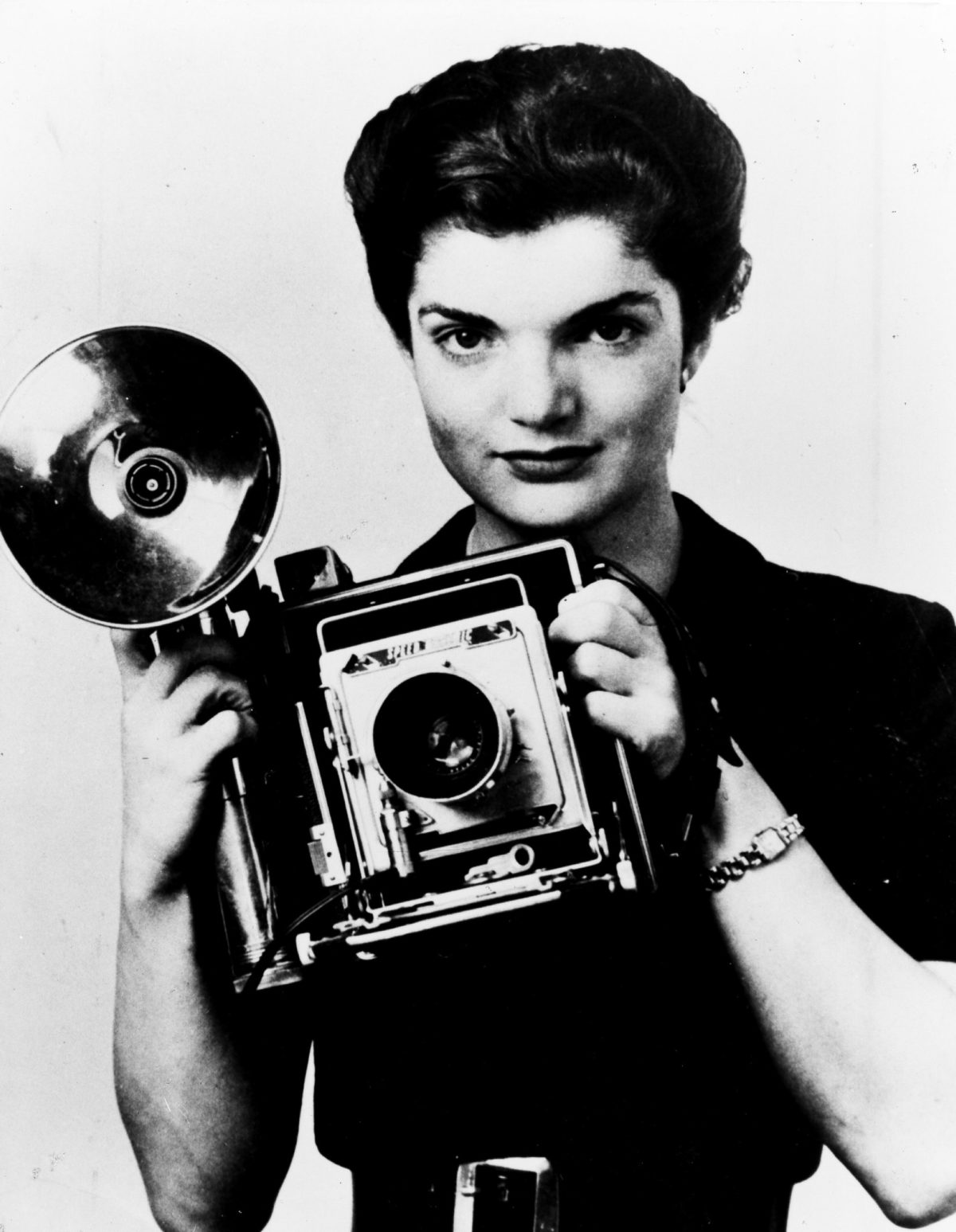In 1952, Jacqueline Bouvier returned home to the Washington, DC, area from New York City after spending one day as a junior editor at Vogue magazine. Bouvier had graduated the year before from the capital’s George Washington University as a transfer student with a degree in French literature. Earlier, while enrolled at Vassar College, she had studied for a year in France, an experience that included learning how to use a German-made 35 mm camera. To get the prized editorial position, Bouvier, a talented writer and sketch artist, had beaten out hundreds of other applicants.
But when she arrived at the magazine and on day one heard her supervisor observe that it was unusual for a woman of her social class to be unmarried at 22, she quit and headed home to McLean, Virginia. Through a family connection she interviewed at the Washington Times-Herald, which hired her as a part-time receptionist, a job she found boring. Though lacking journalism experience, she asked about reporting opportunities.
GET HISTORY’S GREATEST TALES—RIGHT IN YOUR INBOX
Subscribe to our HistoryNet Now! newsletter for the best of the past, delivered every Monday and Thursday.
City editor Sidney Epstein had a vacancy. The daily’s “Inquiring Camera Girl” photographed and interviewed everyday people and celebrities. Buttonholing Epstein about the opening, Bouvier mentioned that at the Sorbonne she had learned to use a compact Leica camera.
“I said, ‘Kid, we don’t have anything that fancy. You’ll use a Speed Graphic here,” Epstein told her, Watergate journalist Carl Bernstein relates in his memoir, “Chasing History.” “‘If you can learn how to use the Speed Graphic by tomorrow, I’ll hire you.’”
The Speed Graphic, long the workhorse of news photography, was a big boxy 4-inch-by-5-inch sheet film camera. Meeting Epstein’s expectations, Bouvier landed the job.
Bernstein quotes Epstein, later his boss in the Washington Evening Star newsroom, describing in the early 1960s how while earning $25 a week Jacqueline Bouvier “became good at tracking down people of interest in the city, well-connected ones usually, and getting them to talk with unusual candor. ‘She had a knack,’ he said. ‘A real knack for getting to people, getting them to unburden themselves. She understood how to be a very good listener.’”
In spring 1953, Bouvier asked Epstein for a big block of time off. The city editor balked — until Bouvier explained that she’d been invited to Queen Elizabeth’s June 2 coronation in London.
“So he said okay — if she’d send him copies of her letters to her family and a pencil sketch back by airmail,” Bernstein writes. “And she did.”
Bouvier counted among her interview subjects Tricia Nixon, 6, daughter of Vice President-elect Richard Nixon — and newly elected U.S. Sen. John F. Kennedy (D-Massachusetts), whom she wed in September 1953, a few months after covering a coronation and giving up her column.
historynet magazines
Our 9 best-selling history titles feature in-depth storytelling and iconic imagery to engage and inform on the people, the wars, and the events that shaped America and the world.


